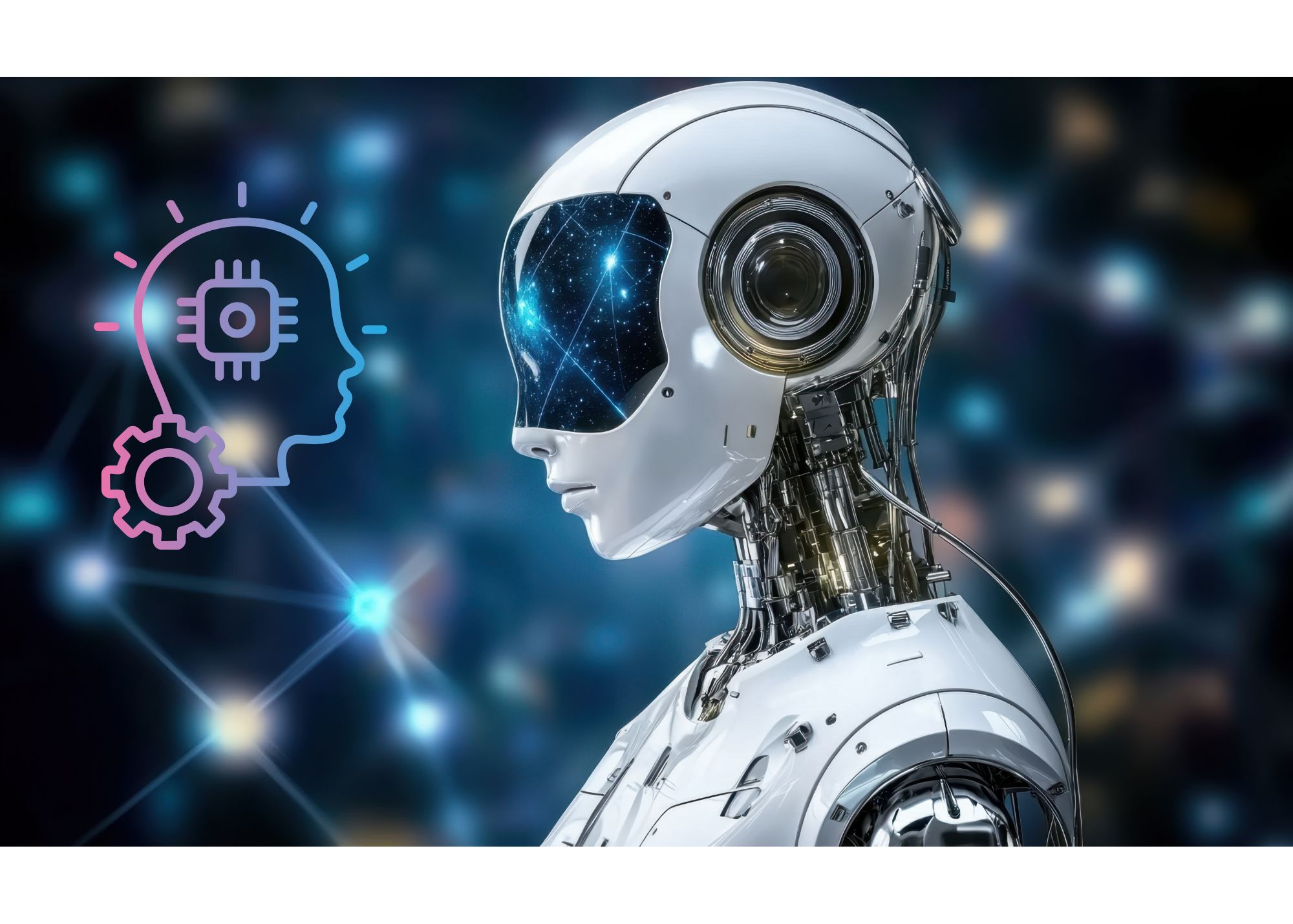IBM’s Smart Move To Prove It’s an AI Powerhouse
For years, IBM has worn the “missed opportunity” label in artificial intelligence. The company that built Deep Blue, the chess-playing computer, and Watson, the supercomputer, seemed perfectly positioned to dominate AI before anyone else saw it coming.
And yet, while those early breakthroughs made headlines, IBM failed to cash in. But something interesting is happening inside IBM.
Under CEO Arvind Krishna, the century-old tech giant has been reinventing itself and now, its long AI drought might be ending.
Key Points
-
IBM has redefined itself under CEO Arvind Krishna, focusing on hybrid cloud and enterprise AI.
-
Integrating Anthropic’s Claude chatbot into IBM’s software boosts developer productivity by 45%.
-
Rather than competing in the consumer AI race, IBM is building a secure AI marketplace for corporations.
A Comeback Fueled by Focus, Not Flash
When Krishna took over in 2020, IBM’s biggest problem wasn’t technology but direction. Revenue had fallen for seven straight years. Investors had stopped caring.
Krishna’s fix was simple… narrow IBM’s focus around two profitable pillars, hybrid cloud and AI for business, and shed everything else.
He shifted tens of billions toward AI-driven automation, and began rebuilding IBM Cloud.
That strategy is now bearing fruit. IBM’s revenue grew 8% year over year in the most recent quarter, and adjusted earnings per share jumped 15%. Over the past two years, the stock has doubled, outpacing the Nasdaq Composite.
Here’s what’s fueling that turnaround, IBM’s AI-related order book hit $7.5 billion last quarter.
The Claude Deal Is IBM’s Smartest AI Move Yet
Now IBM is doubling down by partnering with one of the most respected players in generative AI, Anthropic, the company behind the Claude chatbot.
Starting this quarter, Anthropic’s Claude models are being integrated directly into IBM’s software suite, including its Watsonx platform.
For enterprise users, that means they can deploy Claude’s large language models inside IBM’s secure environment to automate code reviews, analyze documents, and generate data insights without exposing sensitive data to the public internet.
In early testing, IBM said this integration boosted developer productivity by 45%—a massive efficiency gain in software development cycles.
What’s more, this partnership is mutually beneficial because Anthropic gains access to IBM’s deep roster of Fortune 500 clients, many of whom can’t use public cloud AI tools for compliance reasons.
IBM gets access to Claude’s cutting-edge generative AI models, keeping it competitive with peers like Microsoft and Amazon.
What Investors Miss Is…
IBM isn’t trying to compete with OpenAI or Anthropic, it’s curating them for the enterprise.
In other words, IBM isn’t betting on one AI model to rule them all. It’s building an AI marketplace, where clients can safely plug in best-in-class models from Anthropic, Meta, or open-source frameworks, all governed by IBM’s data security and compliance layer.
This is exactly what risk-averse corporations have been waiting for, AI flexibility without compliance nightmares. It’s a moat few others can replicate.
Is IBM Stock Still a Buy?
IBM’s valuation has finally caught up with its story. After rallying more than 100% in two years, the stock isn’t cheap by its historical standards. But it’s also no longer the sleepy value trap many investors think it is.
If IBM continues translating AI hype into real revenue growth, and early results suggest it’s doing just that, the market could start re-rating it as an actual growth stock again.
For now, it’s a company with momentum, rising margins, and a credible AI narrative backed by real contracts, not press releases.
If the Claude integration performs as early data suggests, IBM may finally shed its “AI has-been” image—and investors could be looking at one of the most underrated AI turnaround stories on the Street.



